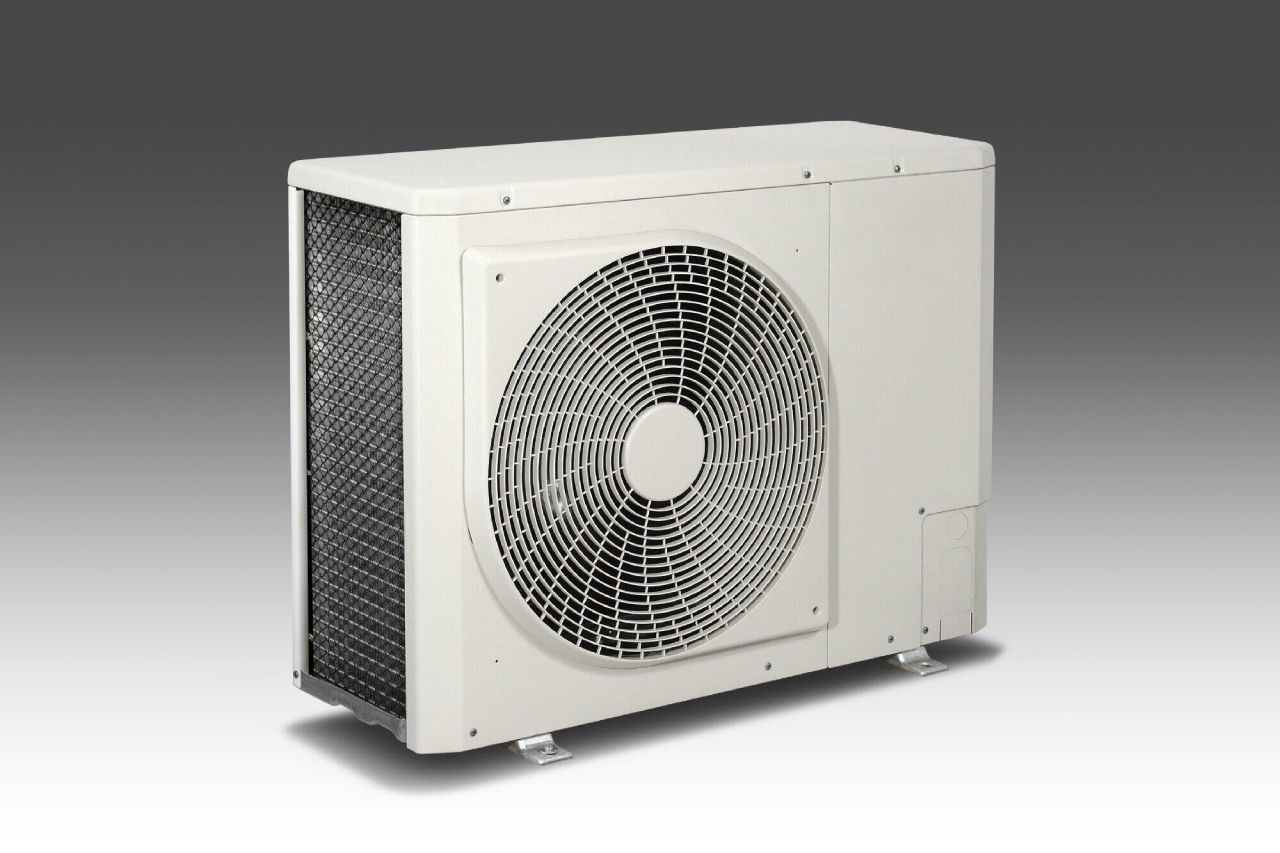How Much Does It Cost to Install a Mini-Split AC System?
Is your home too hot in one room and too cold in another? A mini-split AC system can help solve that, but many homeowners wonder what the real cost to install a mini split AC system looks like.
These systems are known for energy efficiency and targeted comfort, but prices vary depending on the setup. Today, we’re taking a closer look into what affects mini-split installation costs, including labor, materials, and system size. You’ll also learn about regional price differences and how to budget before making a decision.
What Is a Mini-Split AC System?
A mini-split AC system is a popular choice for homes that need flexible cooling without using ductwork. It offers an efficient way to cool one room or several rooms at once.
These systems are made up of two main parts: an outdoor unit and one or more indoor units. The two are connected by a small bundle of cables and refrigerant lines. Mini-splits are called “ductless” because they don’t require the long air ducts used by traditional central air systems.
There are three primary reasons homeowners choose this setup:
- Mini-split systems work well in homes without ducts
- Each indoor unit cools a specific space
- They can be more energy-efficient than standard AC systems
Mini-Split Systems Work Well in Homes Without Ducts
Many older homes or smaller buildings were not built with ductwork. Adding ducts can be expensive and take up space. A mini-split system avoids that by delivering cool air directly to the room without extra construction.
Each Indoor Unit Cools a Specific Space
Mini-splits are known for “zoning.” This means you can cool only the rooms you want.
One person can keep their bedroom cooler without affecting the rest of the house. Each zone has its own remote control and settings.
They Can Be More Energy-Efficient Than Standard AC Systems
Mini-splits use inverter-driven compressors that adjust speed based on need. It helps save energy by not running at full speed all the time.
They also avoid the energy loss that happens in duct systems. Over time, this can lower utility bills.
Average Cost to Install a Mini Split AC System
The cost to install a mini split AC system in Northeast Florida can vary a lot depending on the size of your home, how many rooms you’re cooling, and the type of unit you choose.
There are three main price levels to think about:
- Budget systems for a single room
- Mid-range setups for two or three zones
- Larger installs with four or more zones
Budget Systems for a Single Room
If you’re installing a mini split AC in just one room, the cost is often between $2,000 and $5,000. That includes the outdoor compressor, the indoor unit, and basic installation work. It’s a common choice for people converting a garage or cooling a new addition.
Mid-Range Setups for Two or Three Zones
Systems with two or three indoor units will usually run between $5,000 and $9,000. These work well in small homes or apartments. The higher price reflects extra materials, longer installation time, and the need for a stronger compressor to support more zones.
Larger Installs with Four or More Zones
For homes that need cooling in four or more rooms, the total price often reaches $10,000 or more. Some systems can even reach $14,000 or higher if you’re using high-end brands or running long refrigerant lines. These setups are often chosen for full-home solutions where zoning and efficiency matter.
Factors That Influence Mini Split AC Installation Cost
The mini split AC installation cost depends on more than just the price of the unit. Several other factors can affect how much you’ll end up paying.
These can vary by home, system type, and installer. Knowing what affects your total cost can help you plan better and avoid surprises.
Three core factors affect pricing:
- The size and number of zones in the system
- The amount and type of labor involved
- The brand, quality, and features of the equipment
The Size and Number of Zones in the System
One of the biggest cost factors is how many rooms you want to cool. A single-zone system is usually cheaper than a multi-zone setup. Multi-zone systems require more indoor units and a stronger outdoor compressor.
That means more wiring, more refrigerant lines, and more time to install everything. The larger the home or the more zones you want, the higher the cost will climb.
The Amount and Type of Labor Involved
Labor plays a big role in the total price. If your home needs extra electrical work, new wall mounts, or long refrigerant lines, the labor cost can go up fast.
Homes with hard-to-reach installation spots may also cost more. In some cases, your installer may need to cut into walls or ceilings, which adds more time and materials.
The Brand, Quality, and Features of the Equipment
The mini split AC installation cost will also change depending on the brand you choose. Well-known names with better warranties usually cost more.
Some systems offer higher energy ratings, advanced remotes, or Wi-Fi controls, which raise the price. You’ll pay more upfront for better equipment, but it can save you money in the long run through lower energy bills.
Labor and Professional Installation Costs
Labor makes up a big part of the mini split AC installation cost. Most of the total you pay won’t just be for the unit itself. It will come from the work needed to place it, run lines, and connect everything.
This job isn’t just about putting a system on the wall. It includes planning, wiring, and sometimes cutting into parts of your home.
Three main labor factors affect price:
- The hourly rate of the HVAC crew
- The amount of work needed for setup
- Special services like electrical upgrades or permits
The Hourly Rate of the HVAC Crew
Most HVAC professionals charge by the hour. Rates vary based on where you live. In some areas, the cost might be $75 per hour.
In others, it could go well over $100. A basic single-zone install may take four to eight hours. Multi-zone systems can take one or two days. That time adds up fast when you’re paying by the hour.
The Amount of Work Needed for Setup
Labor cost grows when the job is more complex. If installers need to run long refrigerant lines through thick walls or tricky areas, they’ll need more time.
If the system must be placed high up, that may mean special tools or safety gear. These details can raise your labor charges even more.
Special Services Like Electrical Upgrades or Permits
Sometimes the existing power supply won’t support the new unit. In that case, a licensed electrician may need to upgrade your panel. It can add hundreds of dollars. Some cities also require permits for installation.
Those permits take time and cost money. Your contractor may include this in your quote or charge separately.
How to Budget and What to Expect When Installing Mini Split AC
Planning ahead can make the process of installing mini split AC much smoother. It helps to know not just what the system costs, but what to expect during the process. If you’ve never had one installed before, it’s easy to miss a few expenses that show up along the way.
Getting a clear estimate and preparing for small extras can help you avoid stress later.
There are three things to keep in mind when building your budget:
- Get a full quote that includes labor, equipment, and permits
- Leave room for small added costs during the install
- Understand how long the installation will take and what it involves
Get a Full Quote
Before agreeing to anything, ask for a detailed quote. Make sure it covers the unit, materials, and all labor.
Some quotes will include permits or electrical upgrades, while others will not. Don’t be afraid to ask questions about what is and isn’t covered.
Leave Room for Small Added Costs During the Install
Even with a solid quote, unexpected items sometimes pop up. The installer may find that the wall needs extra support or that wiring must be changed.
These things can raise the cost by a few hundred dollars. Setting aside a small buffer helps you handle those changes without worry.
Understand How Long the Install Will Take and What It Involves
Most mini split installs are done in a day or two. Some multi-zone systems may take longer. Your contractor will need access to both inside and outside areas. There might be drilling or ladder work, depending on where the units go.
Cost of Ductless AC System
The cost to install a mini split AC system depends on many factors, from system size to labor and materials. Knowing what to expect helps you plan with confidence.
As a trusted HVAC team in Northeast Florida, we’re proud to offer reliable service with honest pricing and expert care. As a top-rated company and authorized Amana dealer, Southern Air customers get dependable local support backed by a top brand. We meet timelines, hire skilled techs, and always put comfort first.
Get in touch today to find out how we can help with your AC needs!







